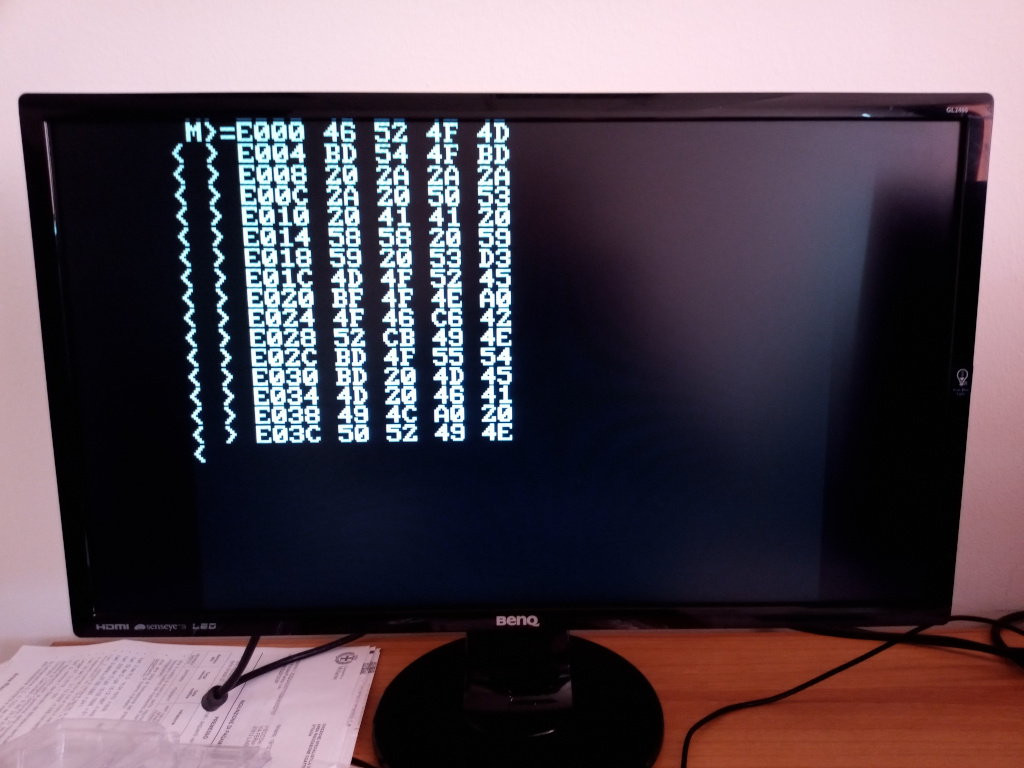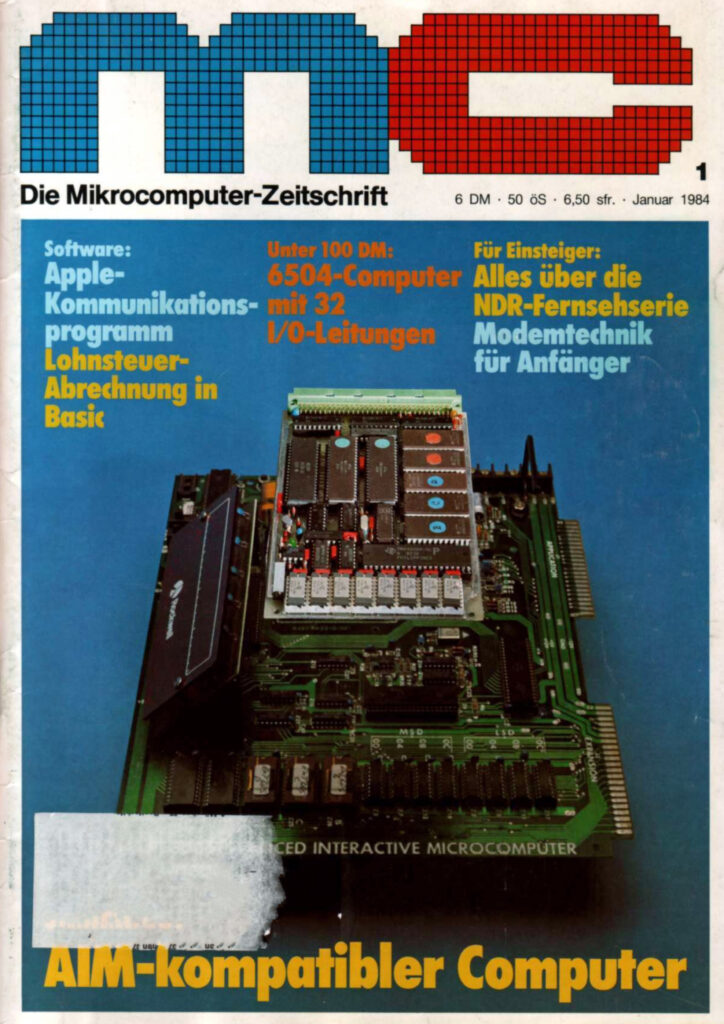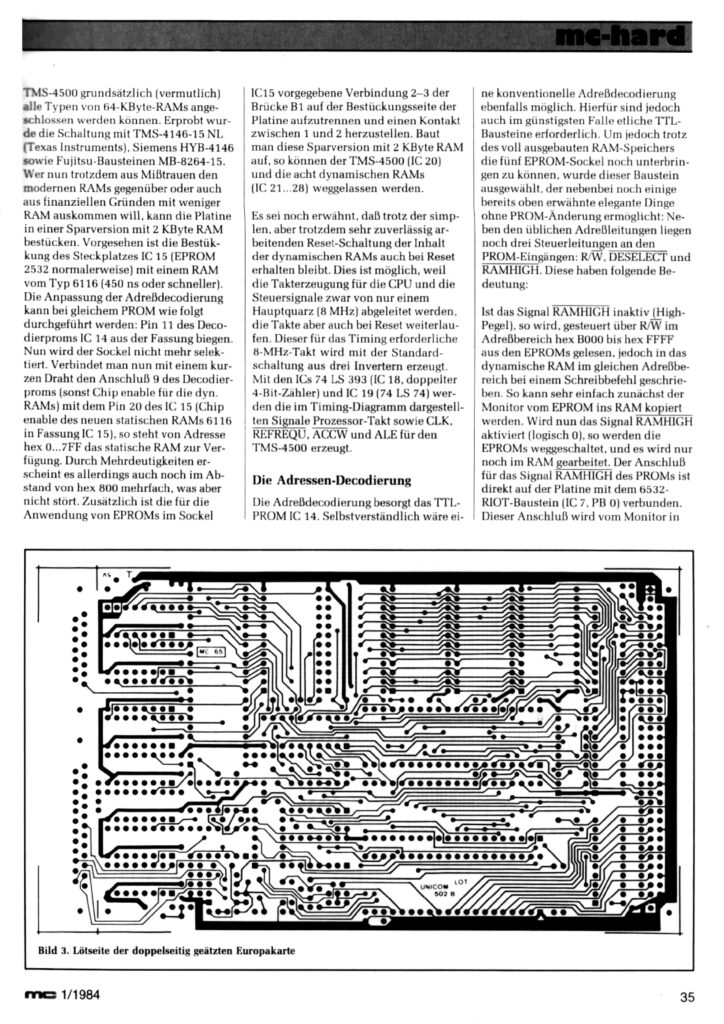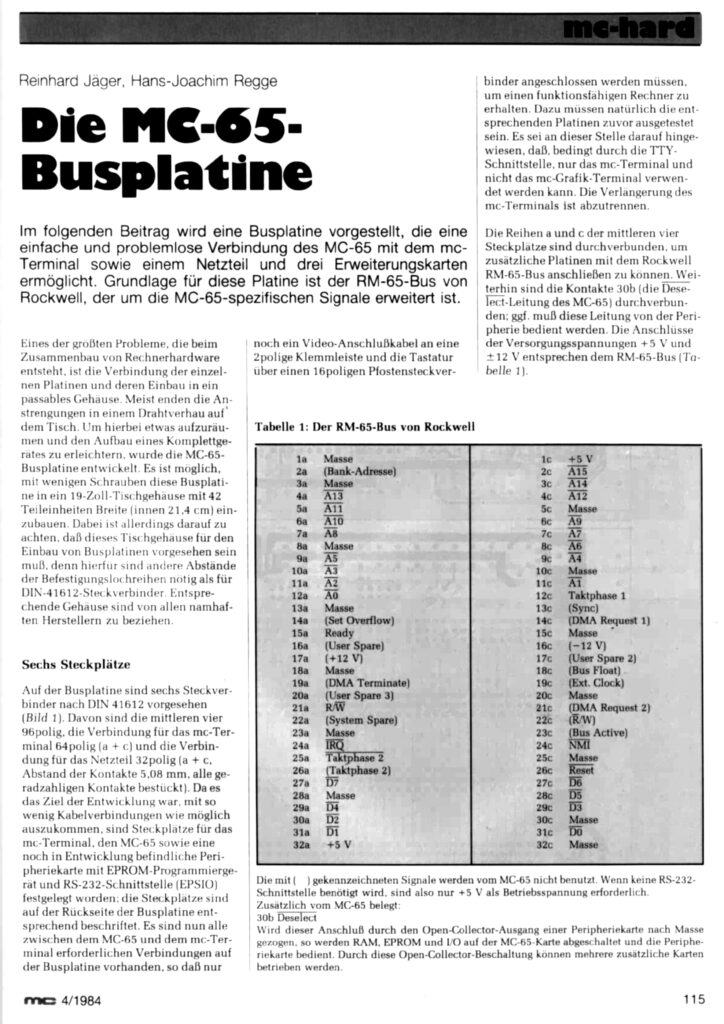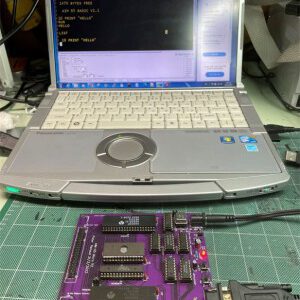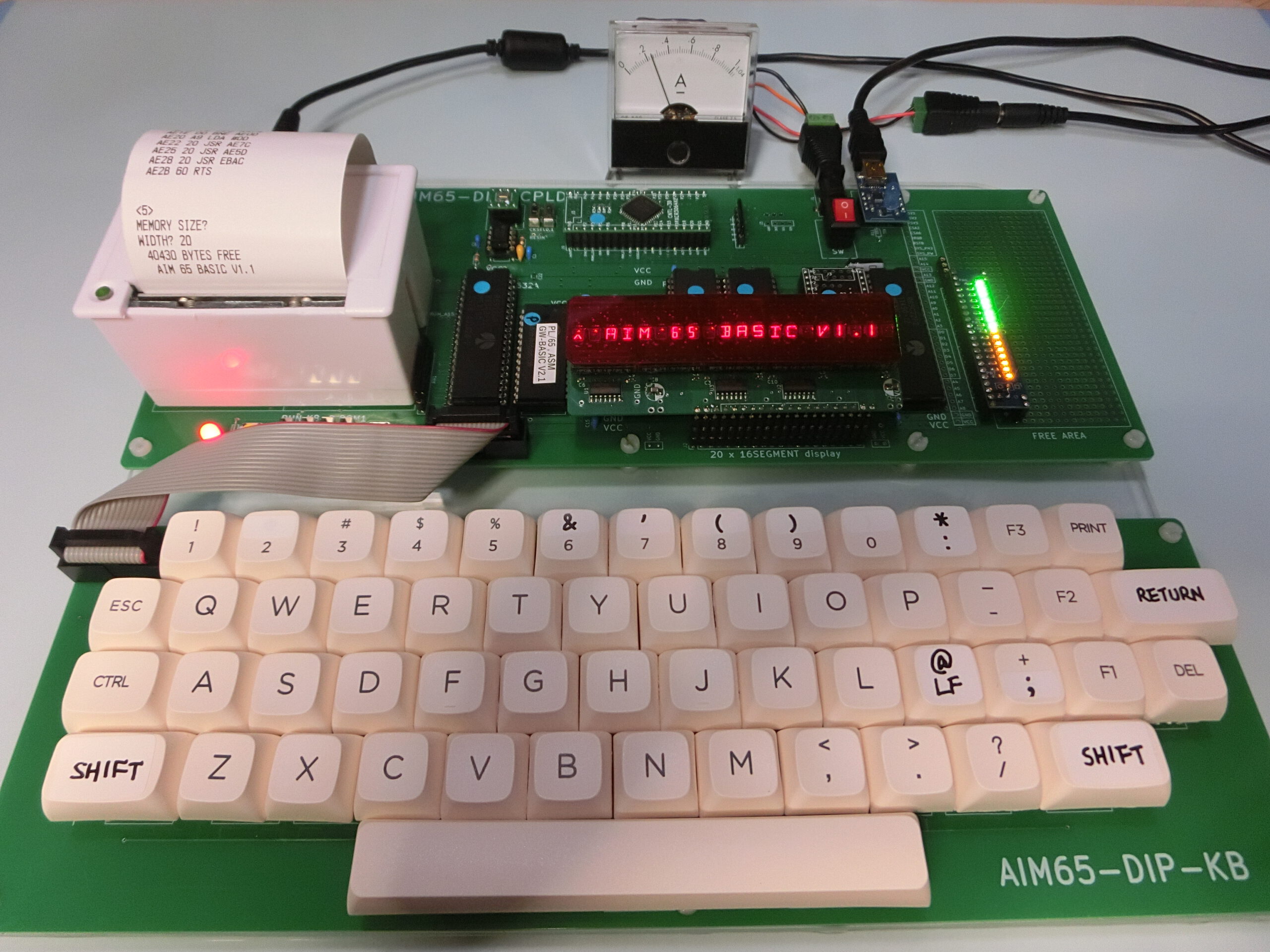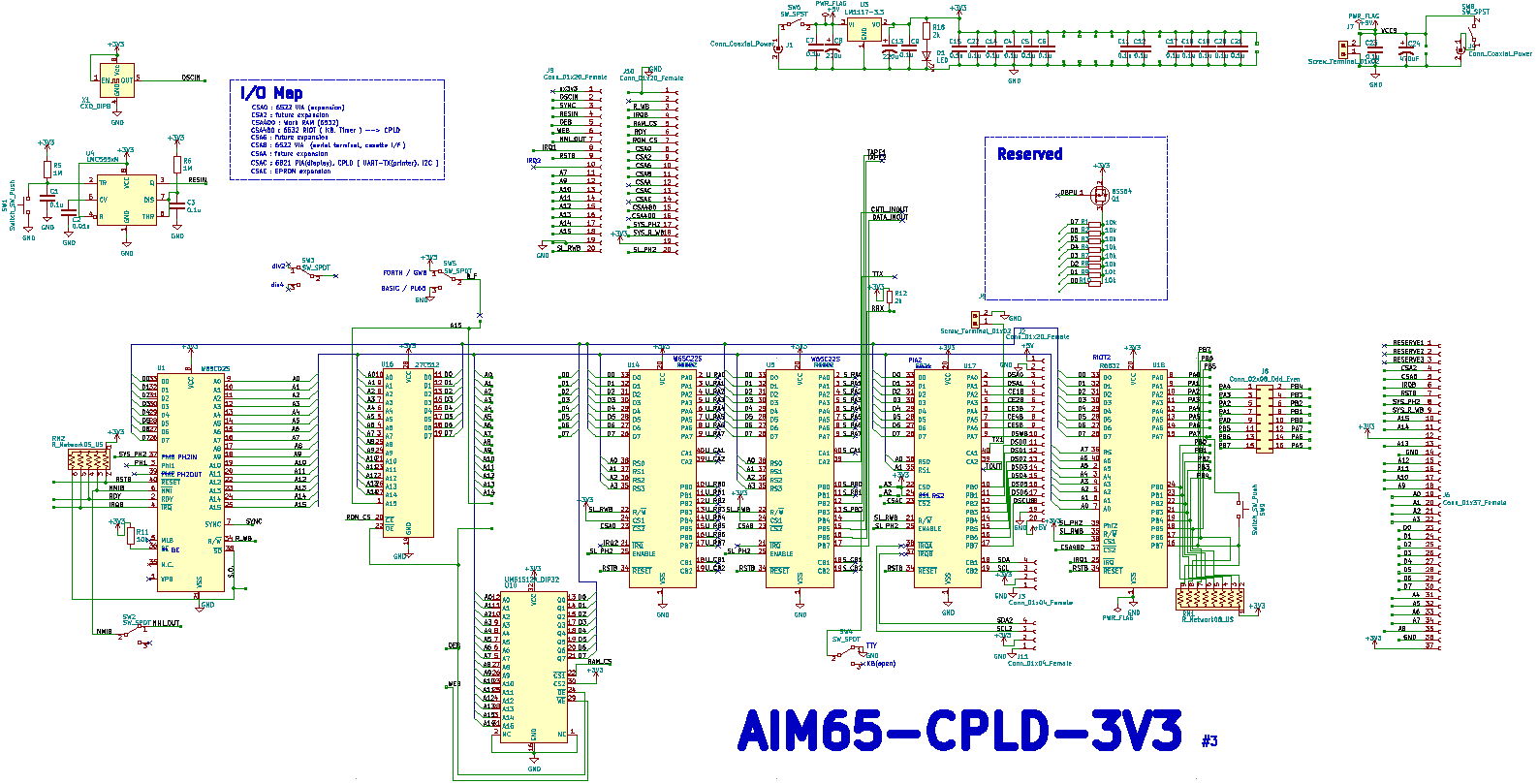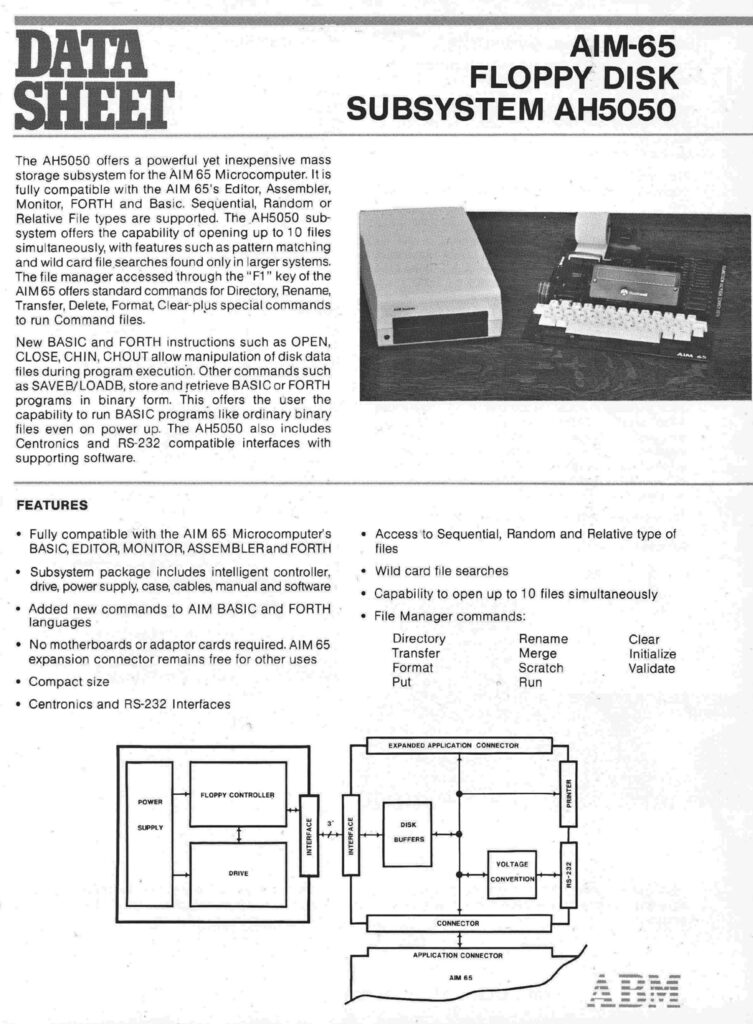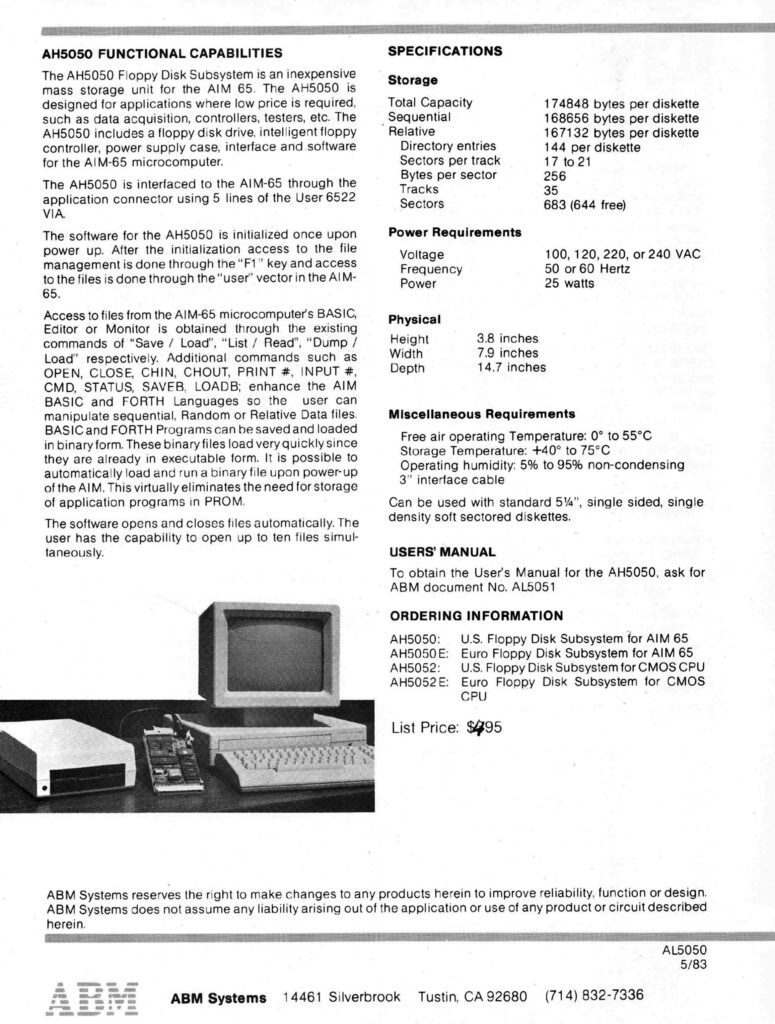Filippo (shinymetal6) published an alpha version of aim65_quartus, an FPGA clone on his github resource.
Forum discussion on the MisTer forum here.
Here the readme of aim65_quartus by Filippo:
This is an alpha release of a verilog Rockwell AIM65 in an Intel FPGA using the SocKIT board.
The Arrow SocKIT board is a nearly compatible TerASIC DE0 board where MiSTer runs.
This is a MiSTer port on the Arrow SocKIT, and as I have a SocKIT board I used their templates from MiSTer SocKIT FPGA page.
Behind the templates, the structures seem to me very similar, so probably a port on the MiSTer board should be relatively easy, but I don’t have such board.
Basically the aim65_quartus runs like an AIM65 at 1 MHz, has 32KBytes of ram ( who had so much ram ? not me for sure ! ) and excluding printer and tape all the peripherals are in place and runs.
The ROMs come from Hans Hotten funtastic pages, like all the other information I found there.
The 6502 core is the Arlet one, or the Hoglet67 65C02 version based on the Arlet core. This can be selected recompiling the code
The 20 AIM65 alphanumeric displays are routed to a simple video output, some ( quite bad I know ) pictures below.
The MiSTer menu can be used to have the expansion rom with basic, forth and pl/65, again some pictures below
Still with the MiSTer menu the serial port can be enabled, the characters color can be changed and the video can run at full screen
Still to do:
As an additional and in my opinion useful add on, I have implemented a clear screen pressing F4, currently not used on real AIM65.
This too needs a bit of fixing here and there, but when time will leave me to work on it again I will try to fix it
aim65_quartus in action

